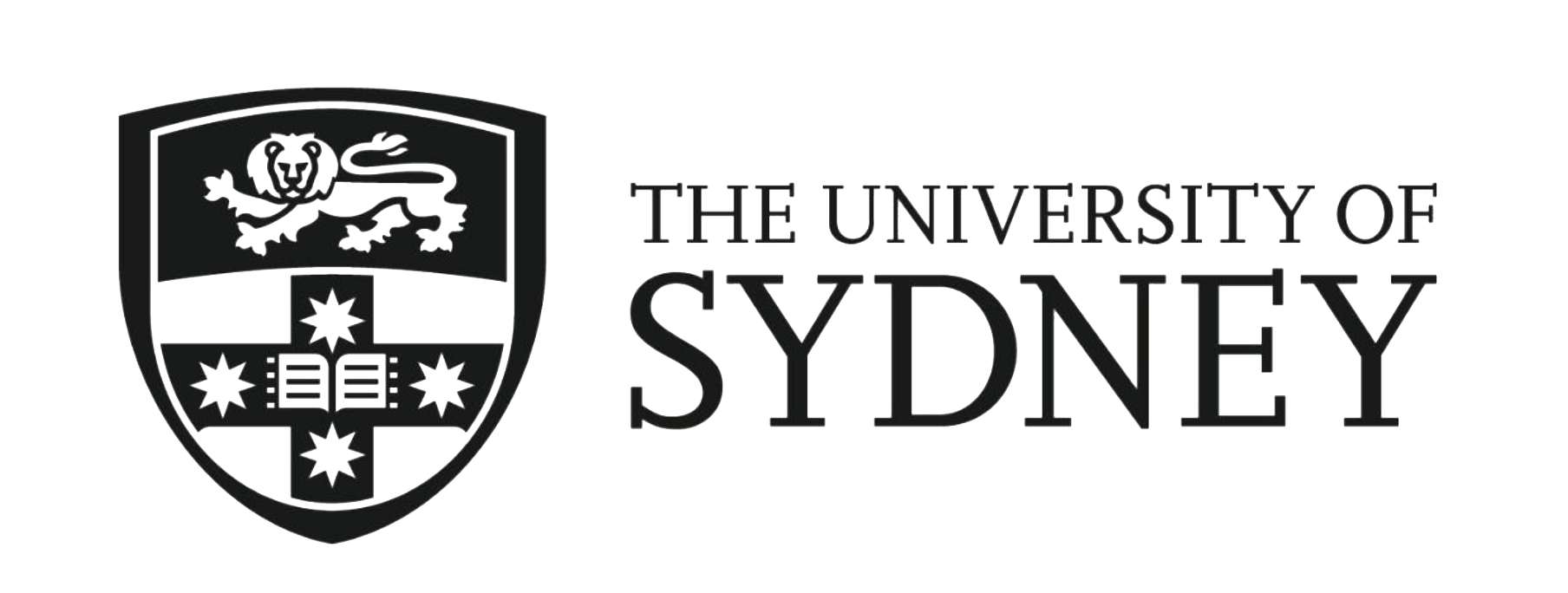In this joint blog post Christopher Sheil and I focus on The World Inequality Report 2018, published last week, which raises the question of whether Australia’s middle class is being squeezed by increasing concentration in the ownership of wealth.
Taking the combined results for the United States, Europe and China as indicative of the global direction, the report finds that the share of the world’s wealth owned by the richest 10% of adult individuals is now over 70 per cent. Meanwhile the poorest 50% of people owns under 2% of the total wealth. This is extreme economic inequality.
Changes in recent decades have been driven by a surge in wealth accumulation at the very top of the distribution. Worldwide, the wealthiest 1% now owns 33 per cent of the total, up from 28 per cent in 1980. In the United States, the top 1% share has risen from a little over 20 per cent to almost 40 per cent.
The Global Middle Class
This is not a simple story of growing extremities between the global rich and poor. On the contrary, the wealth-share of the bottom 50% has barely changed since 1980. This means that the rise in the top share has come at the expense of that held by the ‘middle class’, defined as the 40% of people whose wealth-share lies between the median and the top 10%. From the perspective of political economy, this is a contestable definition of the ‘middle class’, of course, but it does have the effect of making it unambiguous for statistical purposes
As shown in the figure below, the middle-class squeeze, defined in this way, is a long-established trend. The total wealth of the top 1% exceeded that of the whole of the middle class in the early 1990s. On current trends the wealth of the top 1% is projected to reach almost 40 per cent by 2050. Most gains have accrued to the top 0.1%, a tiny elite whose wealth is projected to equal that of the middle class around the same year. This crossing point has already been reached in the United States, where the top 0.1% now has about the same wealth-share as the bottom 90%.

The squeezed global wealth middle class, 1980-2050
Source: Facundo Alvaredo, Lucas Chancel, Thomas Piketty, Emmanuel Saez and Gabriel Zucman, World Inequality Report 2018, World Inequality Lab. 2017, Figure E9, p. 13.
Australia’s Middle Class
How does the squeeze on Australia’s middle class measure up next to the global trends? We don’t know. The main source of local data is the Australian Bureau of Statistics (ABS), which publishes a ‘Survey of Income and Housing’ every two years. The survey provides no information on the wealth of Australia’s top 10 per cent, let alone the top 1% or the top 0.1%. Nor does it quantify the bottom 50%. We are in the dark about the trends affecting the 40% designated as the middle class.
Instead, the ABS employs an arcane methodology based on 20 per cent fractions of the population, plus ratios that measure the distance between selected points in the distribution. The fractions are so broad that the situation at the top of the distribution is hidden. The ABS also publishes an index known as the ‘Gini coefficient’, but as the World Inequality Report points out, this indicator can produce the same score for radically different distributions and downplays the distribution’s top end.
Studying the top 10%, top 1%, top 0.1%, the middle 40% and the bottom 50% has become standard in the flourishing international literature on inequality. It has also been embraced by international agencies such as the OECD, the IMF, the World Bank and, increasingly, the United Nations. As a sign of how far Australia has slipped behind, when we produced a report on wealth inequality for the Evatt Foundation in 2016, The Wealth of the Nation, we had to draw on data for the top 10% that the ABS had supplied to the OECD but which were not published here in Australia.
Date Reform
There is a glaring need to reform Australia’s archaic wealth inequality statistics to make them commensurate with international practice. Otherwise we cannot really know whether our long-standing aspirations to being an egalitarian society are being fulfilled. It almost certainly isn’t, but good, consistent data is needed to show that.
The political implications are significant. If there is a squeeze on middle-class wealth, as is happening in many other countries, it is likely to create greater political volatility. Access to more and better data is the key to understanding the trends, and will help ground debate, deliberations and policy decisions. The ABS’s household survey needs to be restructured and integrated with the national accounts and, ideally, tax data.
Perhaps the current Australian government, responsible for funding the national statistician, is unconcerned. In that case, it is worth remembering that the ABS is charged with servicing both the Commonwealth and the States, most of whom transferred their statistical agencies to the national body in the 1950s on the understanding that their data requirements would continue to be supplied. The limitations in the existing data hinder the ability of the States to frame policies for their vital housing, education and health services.
It follows that the Council of Australian Governments could be a suitable forum to advance reform, particularly in the event of continued federal inertia. Alternatively, given the revolutionary advances in data collection since the 1950s, it might be feasible for the States to again think about establishing their own statistical agencies to ensure their needs – which are our needs – are properly met.
This post was previously published on The Conversation




Comments